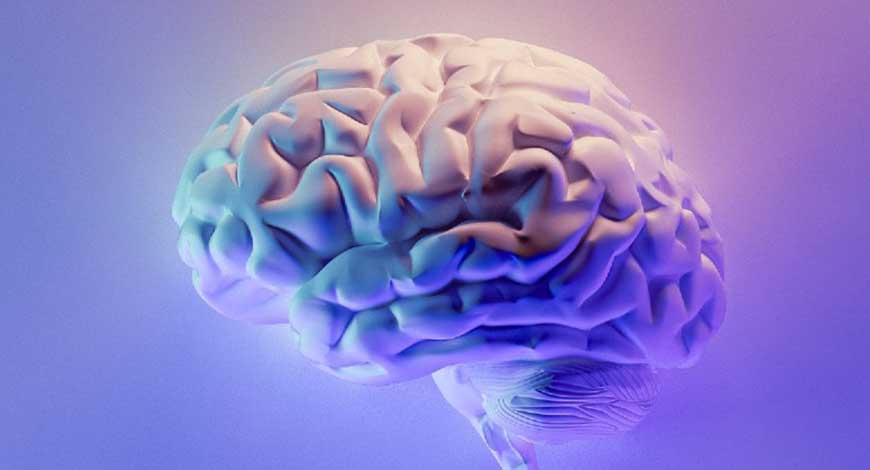Trends
Now, prosthetic system facilitates brain’s ability to recall memory

Researchers at Wake Forest say they successfully implemented a prosthetic system that uses a person’s own memory patterns. This system facilitates the brain’s ability to encode and recall memory.
A team at Wake Forest and USC, led by Robert Hampson, first reported a study of this type of technology in 2018. In that previous study, the team based its electronic prosthetic system on a multi-input, multi-output (MIMO) nonlinear mathematic model. Researchers influenced the firing patterns of multiple neurons in the hippocampus, a part of the brain involved in making new memories.
Researchers now built a new model of processes that assists the hippocampus, helping people remember specific information. The team used recordings of neural activity in brain cells to create a memory decoding model (MDM). It let them decode what neural activity is used to store different pieces of specific information.
That decoded neural activity was then used to create a pattern or code to apply neurostimulation to the hippocampus.
“Here, we not only highlight an innovative technique for neurostimulation to enhance memory, but we also demonstrate that stimulating memory isn’t just limited to a general approach but can also be applied to specific information that is critical to a person,” said Brent Roeder, Ph.D., a research fellow in the department of translational neuroscience at Wake Forest University School of Medicine and the study’s corresponding author.
The team enrolled 14 adults with epilepsy participating in a diagnostic brain-mapping procedure that used surgically implanted electrodes. These electrodes were placed in various parts of the brain to identify the origin of the patients’ seizures. They underwent surgical procedures, post-operative monitoring and neurocognitive testing across three sites in the study.
Investigators delivered MDM electrical stimulation during visual recognition memory tasks to see if stimulation helped people remember images better. They saw significant changes in memory, as, in about 22% of cases, they reported a “noticeable difference in performance.”
Looking at participants with impaired memory function given stimulation on both sides of their brain, almost 40% showed significant memory performance changes.
“Our goal is to create an intervention that can restore memory function that’s lost because of Alzheimer’s disease, stroke or head injury,” Roeder said. “We found the most pronounced change occurred in people who had impaired memory.”
Roeder hopes the technology can help people live independently, helping them recall critical information. That could include whether they’ve taken medication or whether they’ve locked a door, for instance.
Roeder said he hopes the technology can be refined to help people live independently by helping them recall critical information such as whether medication has been taken or whether a door is locked.
“While much more research is needed, we know that MDM-based stimulation has the potential to be used to significantly modify memory,” Roeder said. Medical Design & Outsourcing













